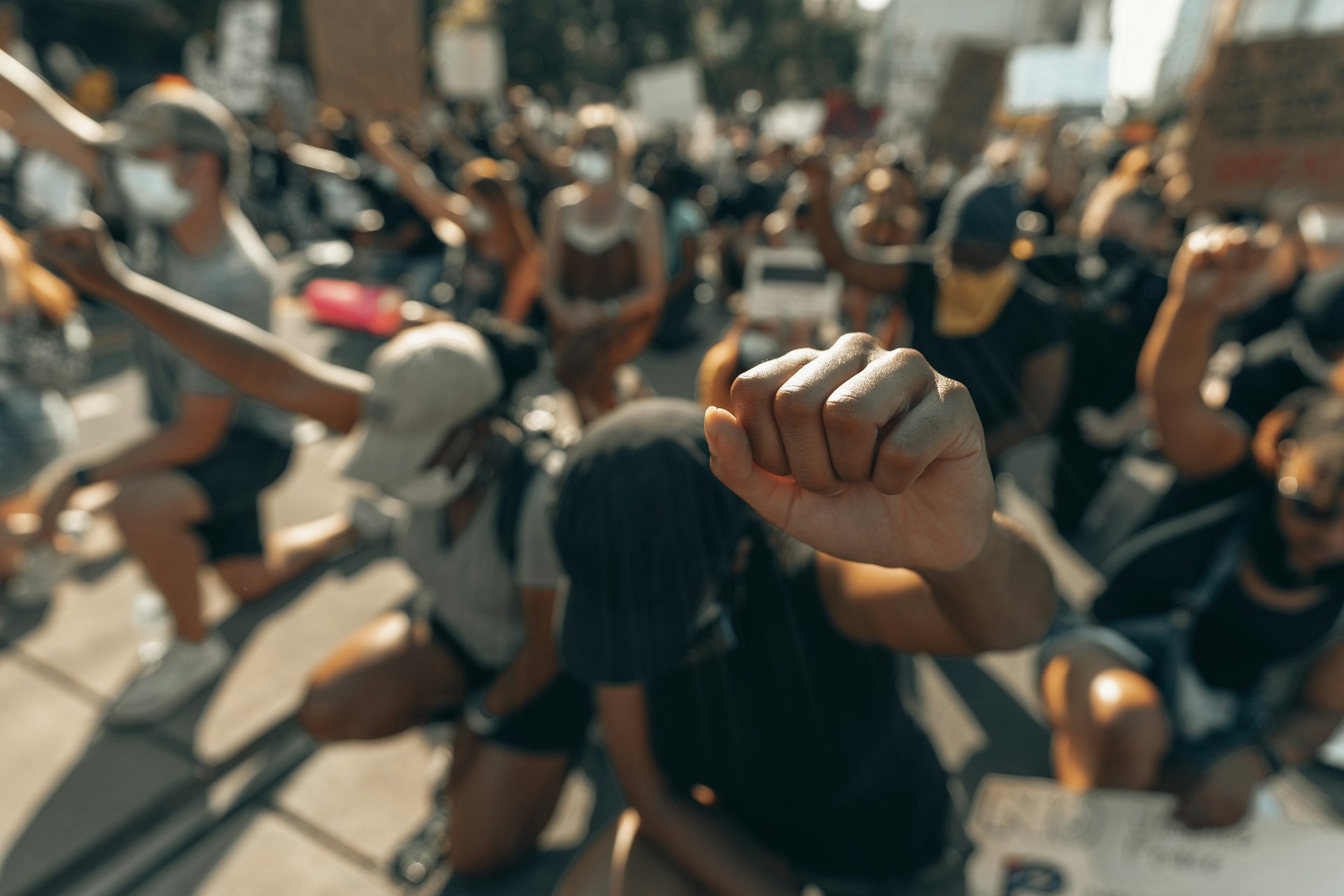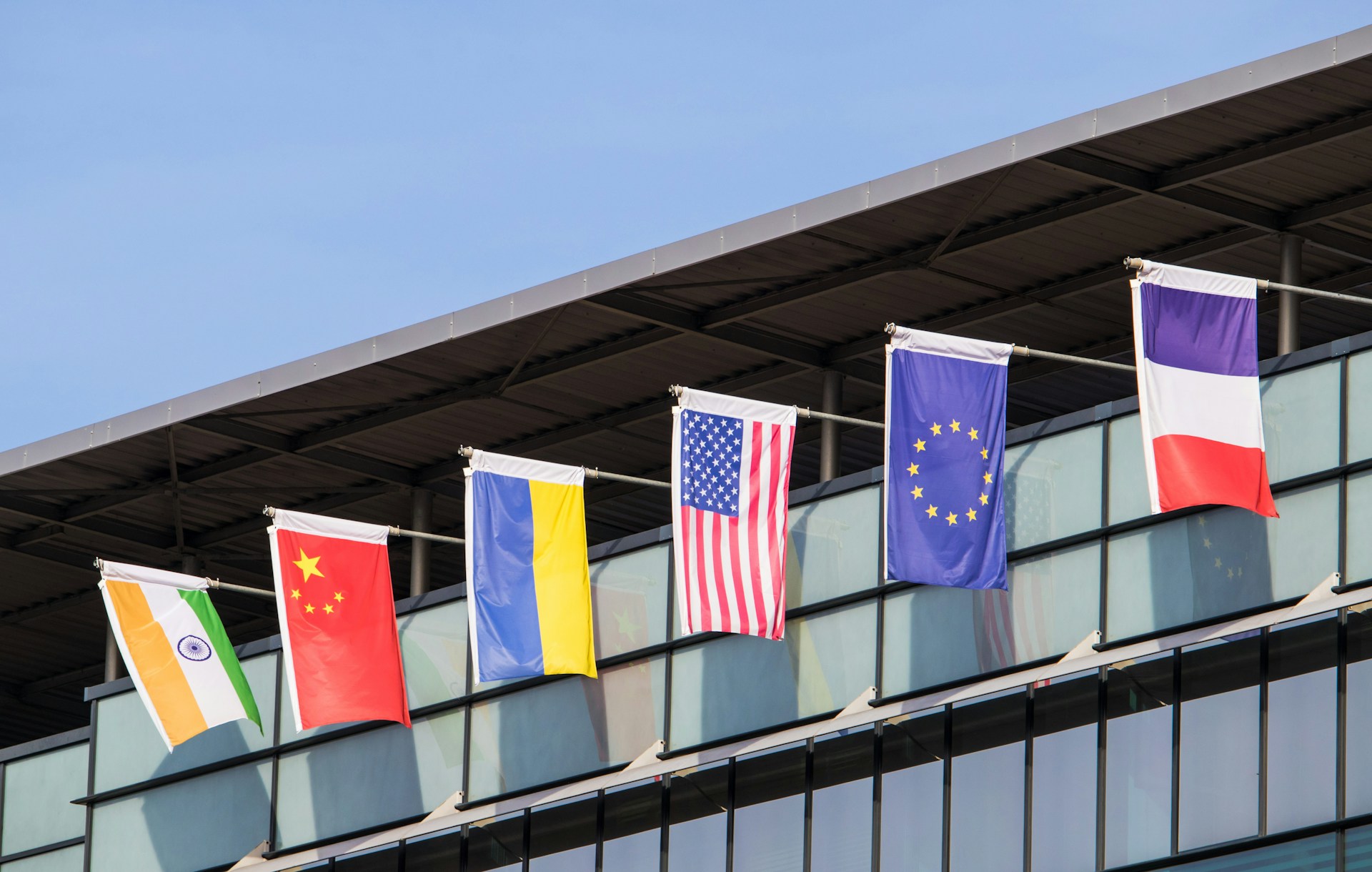DEEP DATA DIVE
I. Introduction
The American justice system symbolizes the foundation of our government, embodying principles such as equity, unbiased judgment, and the protection of individual rights. However, recent years have faced an uptick in scrutiny and analysis, specifically in regard to the realms of policing and incarceration. This section explores the data behind these sectors, meant to illuminate the surprising trends and patterns that make up the American police system. By closely examining the data, a deeper understanding of the current problem within the American justice system will be gained, allowing for a more informed study of potential policy reform in hopes of more equitable policing.
At the center of this section will be an analysis of the seemingly prejudiced policing rates, something that has been an increasingly focal discussion for the past few years. We will closely inspect the data, gaining a better understanding of the severity of the problem. By later comparing the roots of the trends from our country with those from others, we will glean comparative insights that can help lead to improved practices in the future.
II. Incarceration Rates around the World:
The disproportionately high levels of incarceration in the United States, especially when compared to other developed countries with somewhat similarly high populations, raises significant red flags about the effectiveness of the principles guiding our justice system. Nearly 182 billion dollars are spent every year to lock up approximately 1% of our adult population. Having an incarceration rate that clearly exceeds those of other countries (see below) points directly to systemic concerns in America’s system.

While it remains crucial to note that each country has a different societal and moral framework, the sheer difference between America and every single other country should necessitate questions about the goals of American policing and justice. An important thing to think about while looking at the map above is how often we, as Americans (especially politicians), criticize Russia’s stringent drug laws, lack of democratic freedom (political repression), and the overall legacy of the Soviet Union – yet our rate of prisoners, at 531 per 100,000, easily trumps their tally of 300 per 100,000. The incredibly high rate of prisoners is concerning for many reasons; to name a few, this phenomenon leads to highly crowded conditions, an erasure of civil liberties, and, as we will shortly talk about, disproportionately affects marginalized communities.
This doesn’t prevent America from being seen around the world as a global powerhouse and a fortress of democracy and stability, something that is reflected in a top 25 Human Development Index (HDI) score. HDI is a “summary measure of human development”, generally reflecting the overall quality of education, social services, and the level of social stability. On the other hand, GDP per capita reflects a country’s total GDP divided by its total population and is typically used as a benchmark for economic stability. The following graph showcases each of the 31 NATO countries plotted by their HDI Index and GDP Per Capita, with the size of the bubble corresponding to their incarceration rate per 100,000 people. Even without labels, it is easy to guess which one is the U.S.

This graph presents a significant narrative. All 31 NATO countries are represented in this graph, meaning all bubbles represent countries that are committed to democratic principles and have a foundational understanding of peace. Within these countries, this graph (excluding America) shows a general trend that a higher GDP per Capita and a higher HDI Index leads to lower incarceration rates. Intuitively, this makes sense; wealthier, more developed nations have more money and resources for social programs fairer justice systems, and therefore an overall reduced incarceration rate.
America is the obvious outlier. Despite its relatively high GDP per Capita and HDI Index, America has a noticeably larger incarceration rate than the other NATO members. Using multiple regression analysis, I was able to train a linear regression model with the rest of the NATO’s countries data to predict that a country with America’s GDP per capita and HDI index should have an incarceration rate of 98.44 people per 100,000, a number that is starkly different than America’s true rate of 629 people per 100,000. As compared to other NATO members, America has over a 6 times proportional incarceration rate. This deviation truly is not just a statistical outlier but representative of the fact that there are factors other than America’s economic and social stability that drive the high incarceration rate.
III. Policing Patterns in America
In order to discuss potential proposals that can improve policing practices in America, it is necessary to examine the way policing has specifically been operating recently in America. In the past few years, there has been a growing focus on how police interactions with the black community and other minority communities are reflective of systemic racial profiling and injustice. This echoes a persistent historical narrative, as African Americans have faced bias in policing practices dating back to segregation and the Jim Crow Laws. Looking specifically at 2021 data from the Federal Bureau of Justice Statistics, we can surmise the following.

This disparity between demographic communities begins a multifaceted conversation about systemic biases in policing practices. The fact that police are more frequently initiating contact with certain ethnic groups indicates potential prejudices. The next chart, which takes data from multiple Federal Bureau of Justice Statistics reports, shows a continuation of this idea.

These obvious differences in types of police interaction with certain demographics are representative of what many believe are certain communities being unfairly targeted, which is eroding trust between police and minority communities. The following data is taken from a 2016 Pew Research Center Survey and is able to represent the significant lack of trust the black community has in the police as compared to the white community.

It is clear that a significant problem America faces in its justice system is a lack of trust in law enforcement across all communities. Equitable policing is imperative to upholding the foundational principle in America that all individuals are treated equally under the law.
On a more positive note, in recent years, the United States has seen a notable and positive shift in its incarceration data. A multitude of factors, including a change in policy, a more critical public eye, and an increased focus on rehabilitation, have worked together to contribute to a decreasing trend in incarceration rates.
This graph illustrates the improved trajectory the past decade has seen, reflecting efforts to improve the criminal justice and prison system. Each state’s incarceration rates (which vastly differ due to differences in populations) in addition to the federal incarceration rate, can be seen staying somewhat constant or shrinking over the 10-year period shown. This graph serves as a testament to the fact that positive change within our justice system is possible and that sustained efforts towards equitable justice in the United States are underway.
Comprehensively, we can see that although the U.S. harbors a disproportionately high incarceration rate, policies and initiatives have the power to change that. With that being said, data reveals that not only is there a long way to go, but the problems with America’s police system stretch much further. The skewed frequency and nature of police interactions with minority communities decreases the trust between citizens and police, undermining the communal values a police system should hold.
BEYOND BORDERS: RETHINKING JUSTICE IN AMERICA
I. Introduction:
As shown above, there are genuine reasons for the intense scrutiny placed upon American policing and incarceration. In this section, we will expand our analysis around the world, comparing the justice system in the U.S. to those of Norway and Japan, nations that have been praised for their fair and effective policing practices. We aim to unravel the general differences between the legal systems in these countries, gaining an understanding of how these different approaches to law enforcement contribute to significantly different outcomes.
This comparative analysis between countries should provide a variety of ideas that can inspire meaningful chances in America’s policing institution. The dive into these diverse landscapes will lead to a conversation surrounding potential policy reform in America. Combining both global strategies and experts’ ideas surrounding the current system, we will discuss several proposals that could reshape the American justice system into a more equitable and effective system.
II. Police Training
America’s police training is described as “outdated, antiquated, and … trying to do on the cheap what other places have done in a comprehensive way” by Executive Director of the Police Executive Research Forum, Chuck Wexler. To begin with, the average length of police training in the U.S. is 20-24 weeks. The training done in American police academies rarely focuses on skills such as communication and de-escalation but rather spends the majority of time on firearm skills and defensive tactics. It is quite literally a boot camp-style academy and is regularly attributed as the reason why American officers often resort to deadly force.
Completely contrary to America’s police training system, Norway requires potential officers to train for upwards of 5,000 hours. After being accepted into the elite police training program, police trainees must complete a three-year degree, with requirements such as ethics lessons, officer shadowing, and writing a thesis. In addition, even after becoming a full-time member of the police academy, officers must undergo 50 hours of training each year.
Japan’s police training falls somewhere in the middle, with between 15 and 21 total months necessary to become an officer. Generally, half of that time is spent in a training academy, with courses offered in community safety, ethics, and non-violent conflict resolution. Their training strategies also emphasize martial arts as a way to intervene during crises, something that tends to be much less fatal than firearms.
III. Policing Practices
Throughout its history, America has been known for aggressive policing tactics and, especially in recent years, been criticized for racial profiling. Two significant examples of America emphasizing tough policing are the “War on Drugs” and “Tough on Crime,” which are both policy introductions that have contributed to high incarceration rates, specifically among minority communities. The “Tough on Crime” policy, which emphasizes longer periods of incarceration for a greater number of people, included the advent of the “War on Drugs,” which refers to policies aggressively targeting the usage of recreational drugs, predominantly those used by minorities. Such policies result in policing that is predominantly confrontational as opposed to communal. In addition, these strategies did not reduce the crime rate but instead resulted in a prison population that quadrupled in less than 15 years and had an incredibly disproportionate effect on the African-American community. Although the height of these practices is viewed as the 1980s and 1990s, our country is not only still working to undo the harms these policies imposed on poor communities and families, but different places are still implementing the same tough-on-crime policies and rhetoric. Another thing these approaches result in is the continual allocation of resources to a large prison system (shown in the section on incarceration rates), often at the expense of more community-based services and other preventive measures.

Norway boasts a unified police system, meaning that there is only one civilian police force in the country, which comes in sharp contrast to a place such as the United States, where individual regions and cities have an individual police force. Norway also has policies “by consent,” meaning that its officers operate with the consent of citizens rather than the American strategy of threatening force. In short, this method emphasizes cooperation and only relies on force in extremely dire situations rather than deriving the authority of the police from the fear of the citizens. For example, a police officer in Norway needs permission from a senior officer in order to shoot a firearm, permission that is only granted when deemed absolutely necessary.
The fundamental difference in Japan’s police system is how community-oriented their police units are. Japan has long been considered one of the safest countries in the world, and a primary reason is the Koban, which literally translates to “Police Box.” Koban acts as little neighborhood police stations or the smallest organizational units in the Japanese police department. The main differences between this and city police departments in America come from Koban’s consistent interaction with residents and the strategic placement of Koban throughout cities and towns. The main role of Koban is to increase the safety of the local area, as they facilitate crime prevention and result in more rapid response, but they also act as a way to increase community engagement and build an understanding of local issues.
IV. Rehabilitation and Recidivism
The United States is often criticized for the lack of quality in its rehabilitation systems. American rehabilitation programs are often focused on short-term intervention, with a larger emphasis placed on punishment and incarceration (a significant reason for the incredibly high incarceration rates seen earlier). This system lacks psychological support and reintegration strategies, meaning it rarely prepares criminals or people facing criminal charges for reentry into society, leading to a repetitive cycle of re-offense.
In stark contrast to the United States, Norway places the strongest possible emphasis on rehabilitation in order to prioritize reintegration into society. One of the most significant ways this difference manifests itself is that Norway utilizes a system of small, community-based correctional facilities, as opposed to large and centralized jails. Their rehabilitation programs include measures such as work, education, and moral lessons. This strategy has paid off, as their recidivism rates have dropped to 20%, a number far better than America’s 70%.
PROPOSED POLICIES: POSSIBLE STEPS FORWARD
America’s incarceration rates and policing strategies are clearly a cause for concern, especially when juxtaposed with other countries. As discussed throughout this paper, this problem is deeply rooted within a complicated web of factors. While politicians have been working on addressing these issues for years now, the final part of this paper will discuss several main ideas that can begin making a positive impact in regard to the policing institutions in America.
V. Revise Training Techniques for Police Officers
For a country that boasts some of the best academic institutions in the world, America severely underestimates the duration and quality of instruction police officers need to become proficient in their jobs. Taking a page out of other countries’ books, America should focus more on de-escalation techniques and learning about implicit bias while training, as these are topics that are necessary for fair and calm policing. Along those same lines, the use of force should be clearly emphasized as a last resort, something that can be taught alongside different legal and ethical standards. Lengthening the duration and improving the quality of training will result in more reasonable policing.
VI. Foster Police Community Engagement
Proper integration of police into the communities they serve can strengthen relationships with individuals and promote stronger trust in police institutions. In addition, police officers can gain a better sense of communal needs this way, resulting in more personable service. A couple of specific ways this could be implemented are citizen review boards, where community members have some oversight of police activities and a space to make recommendations for improvement, and foot patrols, where police officers patrol neighborhoods on feet (without weapons), enhancing visibility and allowing interaction with residents in a non-confrontational setting. Ideally, this will foster better and more trusting relationships between police and all communities.
VII. Diversion Programs for Low-Level Offenses
In the past, America has relied on a harsh approach to any offense, resulting in incredibly high incarceration rates and individuals gaining criminal records that haunt them for the rest of their lives. Instead of this, America should begin introducing programs that prove an alternative to traditional criminal prosecution for certain low-level offenses. These programs would actually address the root causes of criminal behavior and give these individuals a chance to reintegrate into society without a criminal record.







.jpg)
.jpg)
.jpg)
.jpg)



.svg)



.svg)



